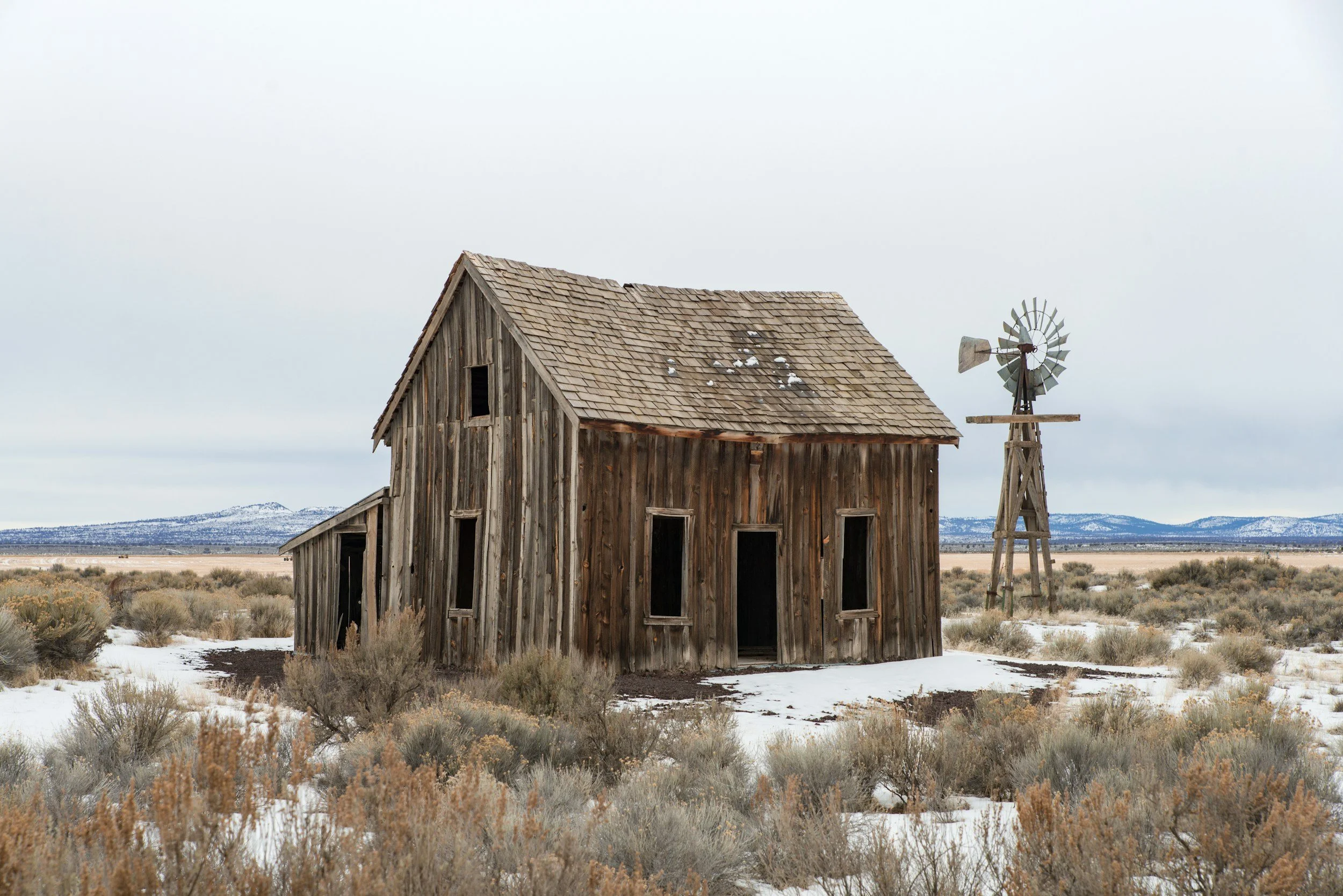Recently I’ve been reading the “Barrøy Chronicles,” a wonderful four-novel saga by the Norwegian writer Roy Jacobsen. The books are about a woman’s life (and it is a very hard life) on a tiny Norwegian coastal island before, during, and right after World War II. It was in the fourth novel, titled “Just a Mother,” that I came across the following passage:
No-one had ever lived in the shed…But here at least there is a wealth of useful objects, tools and equipment that are still in good working order, and will be so for many more years, with correct care and maintenance: net-hangers, nets, tubs and ropes, bailers, net ropes and gaff hooks and bow-rollers and knives, all the implements that people on the coast had used to scrape together a livelihood, a civilization, for a thousand years.
A first reaction might be: A civilization – really? It’s a bleak scene, and most of those tools are foreign to us. But then, what is found in the abandoned fishing shack (their owner has been lost at sea, after his wife ran away) is part of a civilization. Part of ours, in fact. Every family, every person, is part of it.
Never mind, for the moment, the larger story that Jacobsen tells so well – the story of Ingrid Barrøy, a woman living on her family’s ancestral island, and the various relatives and other people who come, stay, and leave across the decades of her life. Jacobsen’s coastal Norway is an alien and forbidding place where people survive but seldom thrive. But the setting was not entirely unfamiliar to me. It is vaguely analogous to William Faulkner’s South, or Steinbeck’s California. It evokes the grace and beauty that inhere in the lives of the hard-working poor, which is to say, most of mankind over its history. Another echo is of Thomas Grey’s poem, “Elegy in a Country Churchyard.”
And there is beauty in Jacobsen’s spare, elegant prose, which is perfectly adapted to its task: a congruence of form and content that draws the reader deeper into the story. The characters are sometimes in conflict, but more importantly they have depth, and they grow. Those, I believe, are the tokens of great literature.
The passage quoted above reminded me that even amid rural squalor, it’s worth remembering what we mean by civilization. It’s a big word of course, and big words invariably take on different shades of meaning in different contexts. But there are a number of common threads that we can weave together to give that word its semantic heft. Jacobsen focuses here on the sheer usefulness of the tools and their durability across time.
Our tools are part of civilization: not just emblems of it, but archetypes, in their lasting usefulness to humanity. So is our art and literature and language – everything we use to communicate meaning, feeling, narrative experience. Our buildings and works and music, customs, traditions, furniture – all of it. Much of it could be considered “culture,” but civilization is a more capacious and perhaps a more accurate word for the organic whole, the ecosystem, of different cultures.
I would also put it this way: civilization is everything we inherit from the past or make or build for the future. Whatever gets passed along over time, what we receive from the dead and leave for the unborn. Orchard, farms, boats, novels, medicine, techniques, knowledge, tunnels, how we treat our planet – every pattern of life or communication, every idea or object we inherit from the past or leave behind, all that is of human origin and transcends our own time, from the paintings in the Louvre to the tools in an abandoned fishing shack. That, no more and no less, is what we mean by civilization. And beyond mere survival, it’s what we live for.

